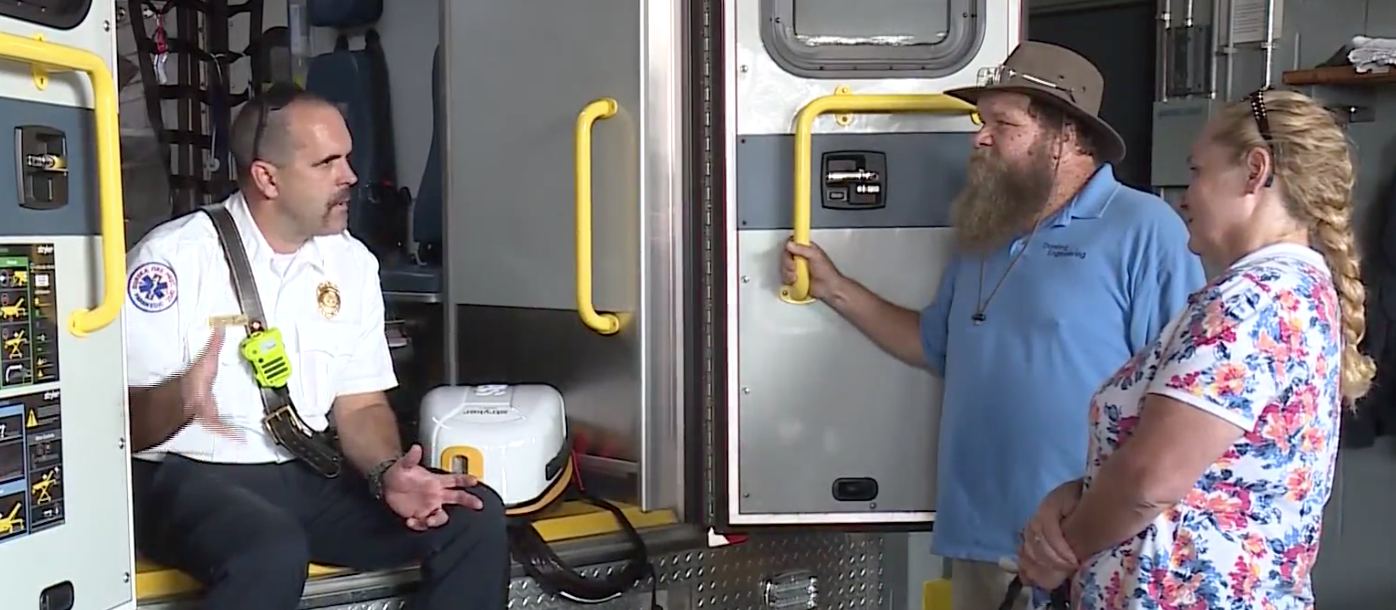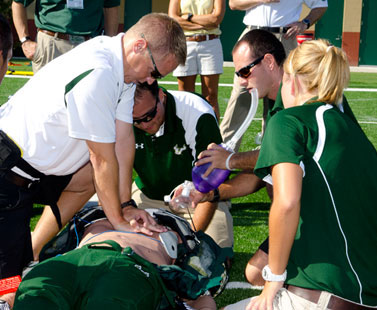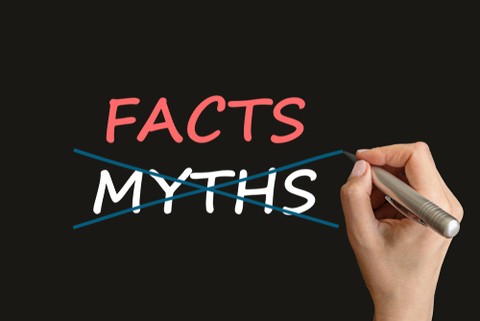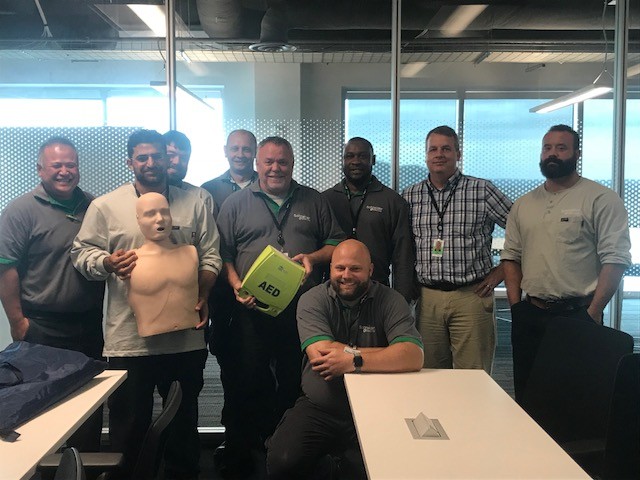
Strangers with CPR training help save man’s life
EUREKA, Mo. – Ken Hamilton is lucky to be alive. The 56-year-old surveyor was out on a job in Eureka last month when the Fenton man collapsed and stopped breathing. First responders with the Eureka Fire Protection District say he went into full cardiac arrest. “He was a dying man,” said Eureka Fire Protection District Div. Chief Scott Barthelmass. Hamilton is alive thanks to a chain[..]



